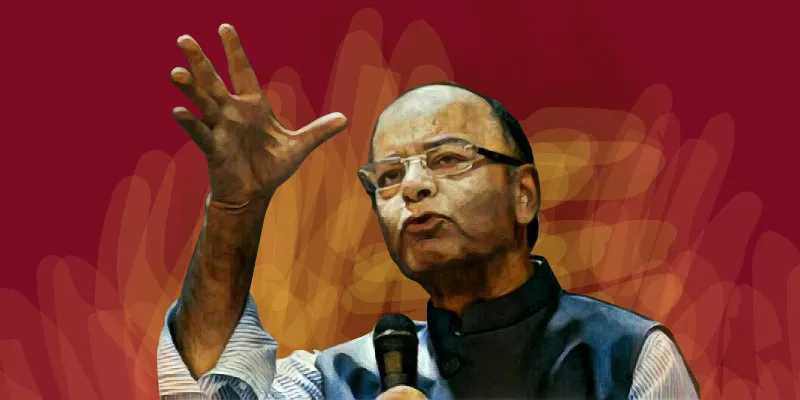India's new midnight tryst with destiny: Will SMEs have reason to thank GST from July?
The government will launch GST in Parliament from this midnight. July 1 onwards a uniform taxation process will cut the bureaucracy and reduce the paperwork for those embarking on the journey of starting up.

When the Goods and Services Tax (GST) rolls out nationwide on July 1, it will be the biggest indirect tax reform in India since Independence.
In a nutshell, GST is an indirect tax that the Government of India will levy on all goods and services, except those specified under the new GST law. There are five slabs (including a zero-percent tax slab) proposed, but the details on how much and what will be taxed at what slabs are still largely under wraps.
The GST will replace multiple taxes, including excise, CST, VAT, and service tax, which are levied on products across the manufacturing and supply chain – that is from the point of manufacture, till the product or service reaches the end consumer. It is a central taxation regime and the tax collected will be distributed among the State and Central exchequers. For the end consumer, it could mean more transparent pricing, elimination of double taxation (remember that pesky VAT and Service Tax on your restaurant bill?) and a uniform tax regime.
But what if you are a small business owner or an entrepreneur embarking on your startup journey? For starters, a uniform goods and service tax will cut down bureaucracy and the existing layered tax structure.
According to Rohan Arinaya, of Merican Consultants, one of the significant benefits will be in the area of compliance and administration.
“A startup today has to engage with multiple tax departments and ensure compliance with various tax deadlines. Now, their interaction is going to be only with one agency.”

So, what are some of the benefits the GST Bill is likely to bring?
- Roll up the red tape: If you are planning to start a business, then the GST spells only good news. Under the current tax regime, the Sales Tax departments have different turnover slabs requiring VAT registration. If your business operates across several states, then there are various registrations required and different rules to be adhered to. For a business, this just means mountains of paperwork, unnecessary compliance-related complication, and procedural fees, which SMEs are burdened with. A uniform GST will standardise the process.
- Breather for new businesses: Currently, businesses are required to register with different regulatory authorities depending on their turnover. The government is likely to increase the exemption limit for registration to Rs 20 lakh under the new regime (for certain states).
- Business without borders: Under the old tax structure, many SMEs supplying to bigger corporations were forced to sell goods within state borders, to reduce overheads and tax on interstate sales. Under a unified structure corporates can now procure goods from anywhere in the country, and SMEs will be able to expand their customer base, as the tax credit will transfer irrespective of the location of the buyer and seller.
- Lower costs, better logistics, faster delivery: The delivery of goods at state borders and checkpoints is likely to be expedited as entry tax will be done away with. A CRISIL report states that manufacturers’ logistics cost on bulk goods will drop by nearly 20 percent. This is expected to boost e-commerce across the nation.
- When goods = services: One of the significant reforms the GST brings will be the lack of distinction between goods and services. For SMEs that deal with sales and services, the tax structure will be simplified. And with no distinction between the material and service component, tax evasion will reduce greatly.
- For the consumer, ultimately things could get less expensive: An eclectic range of goods is already likely to enjoy a tax-free run under the GST. This includes raw produce, religious items, and medical supplies including contraceptives. Processed food, too, is likely to be cheaper. Certain luxury items, however, may get costlier. The consumer will essentially have to wait and see when the benefits of the revised tax structure will trickle down to them.



![[Funding alert] KhataBook raises $25M in Series A led by GGV Capital, Partners of DST Global, Sequoia India, Tencent, others](https://images.yourstory.com/cs/2/a9efa9c02dd911e9adc52d913c55075e/khatabookteampicture21569840696854jpg?mode=crop&crop=faces&ar=16%3A9&format=auto&w=1920&q=75)



